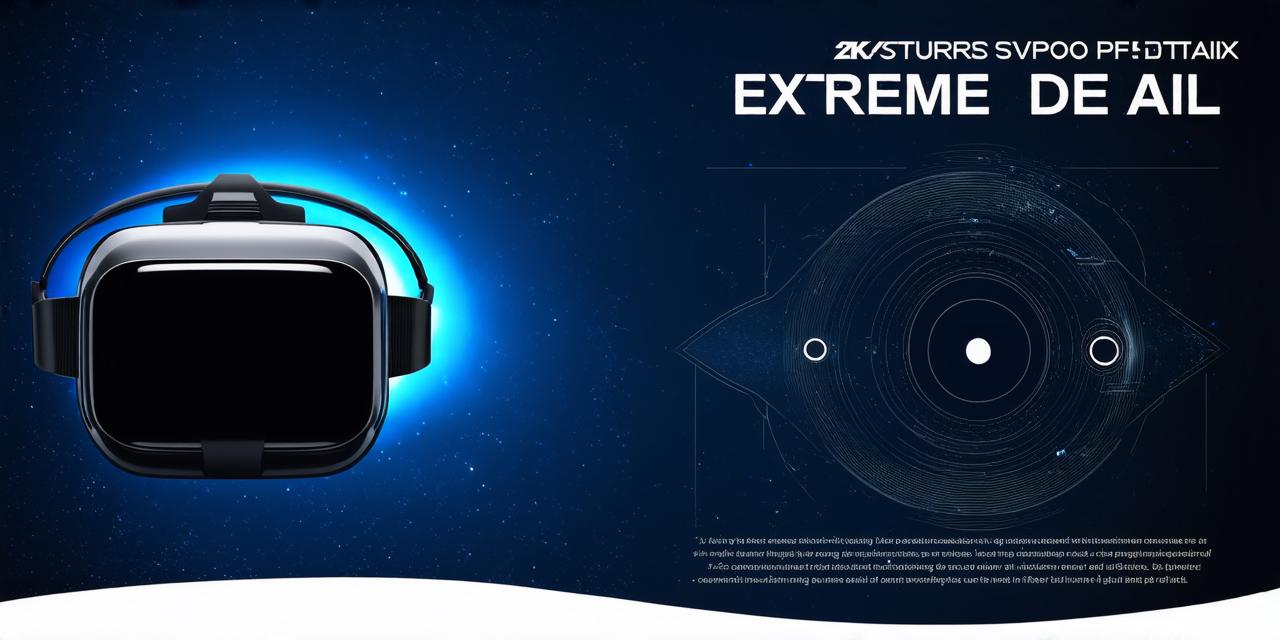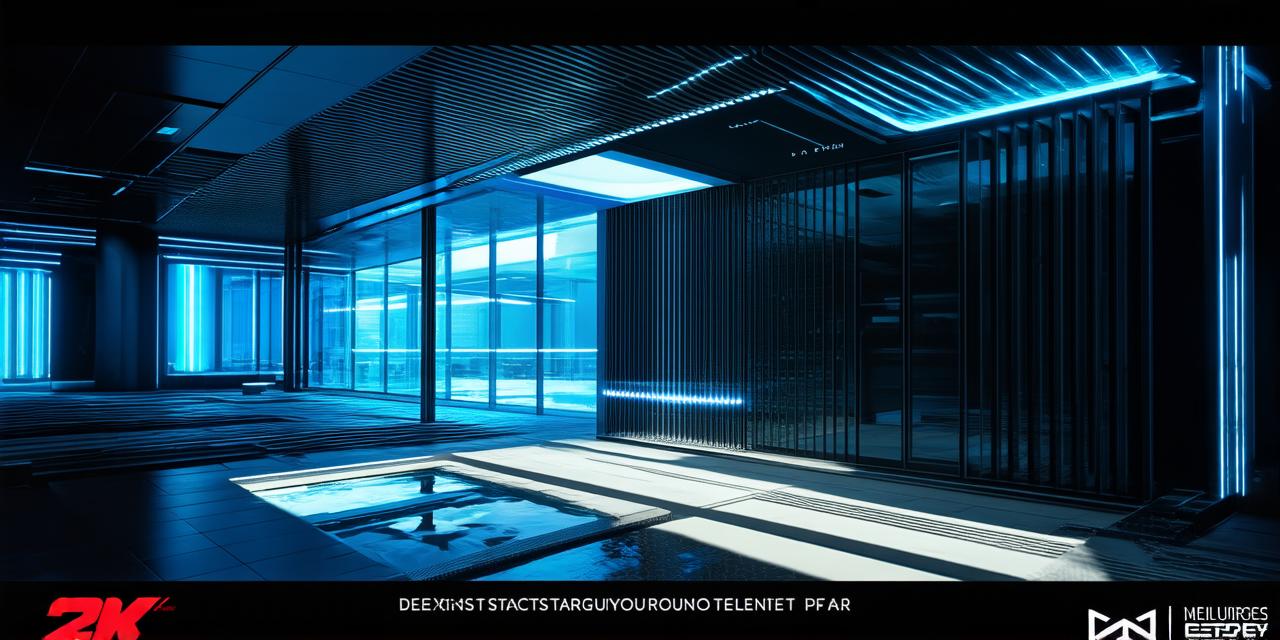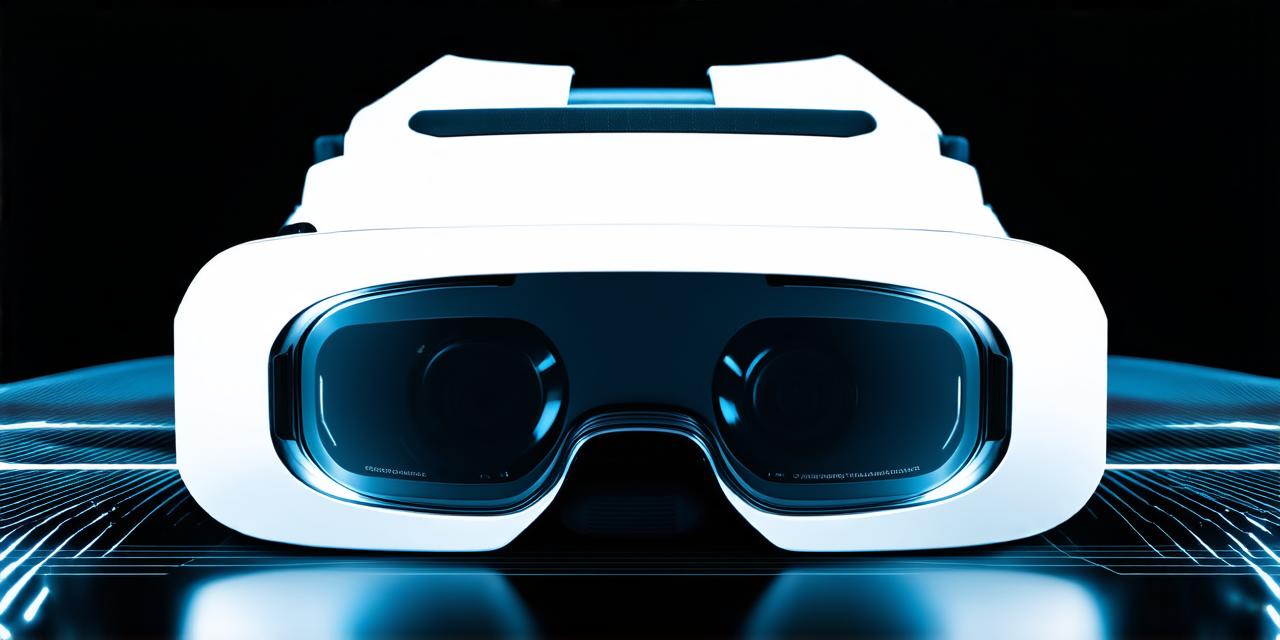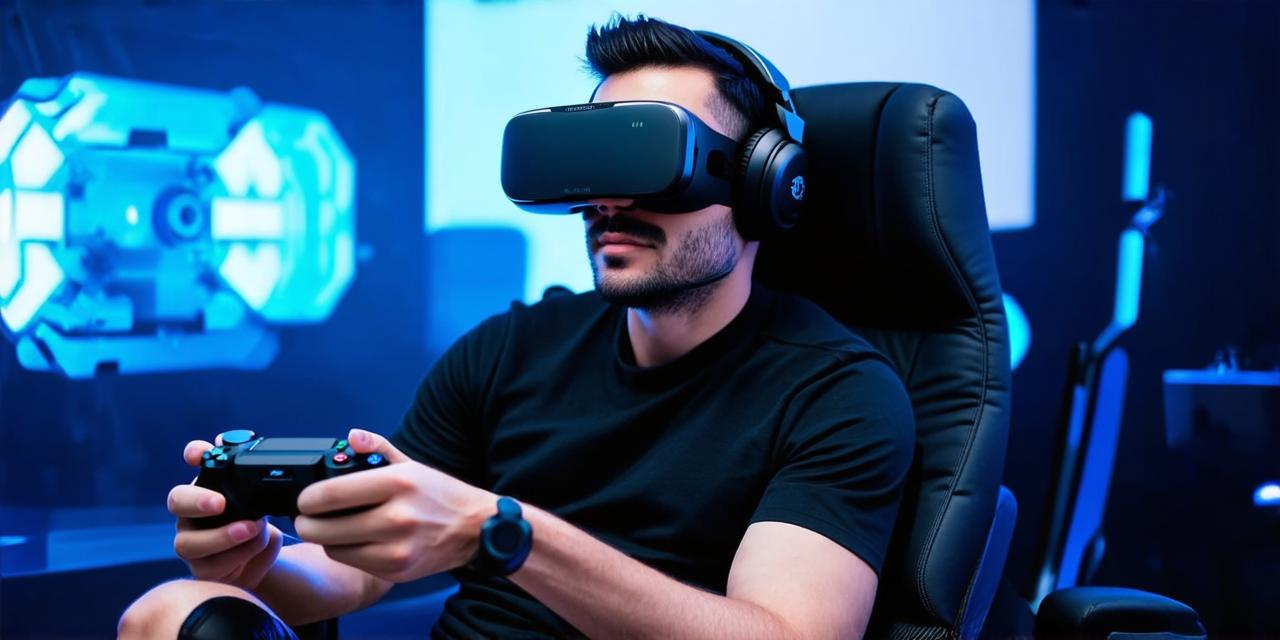Virtual Reality (VR) technology aims to create immersive experiences that mimic real-world interactions. One of the key aspects of this immersion is stereoscopic rendering, which involves displaying slightly different images to each eye to simulate depth perception.
The Concept of Stereoscopic Rendering
Stereoscopic rendering is the process of generating separate images for each eye, simulating the way our eyes naturally perceive depth in the real world. This technique takes advantage of the slight horizontal displacement between our two eyes, known as the Inter-Pupillary Distance (IPD). By presenting slightly different views to each eye, VR systems can create a sense of 3D space and immersion.

The Role of Inter-Pupillary Distance (IPD)
IPD is the distance between the centers of the pupils in each eye. This measurement varies among individuals, and it plays a crucial role in how VR systems render images for each eye. By adjusting the separation of the images displayed to each eye, VR systems can closely mimic human vision and create a more realistic sense of depth.
The Benefits of Stereoscopic Rendering
- Depth Perception: Stereoscopic rendering allows users to perceive depth accurately, making interactions with virtual objects feel more natural and intuitive.
- Immersion: By creating a sense of depth, VR systems can make users feel more immersed in the virtual environment, enhancing their overall experience.
- Improved Navigation: Accurate depth perception helps users navigate through virtual spaces more easily, reducing disorientation and increasing engagement.
Summary
In conclusion, the use of different images for each eye in VR is essential for creating a realistic and immersive experience. By taking into account the Inter-Pupillary Distance (IPD) of users, VR systems can accurately simulate depth perception, improve navigation, and enhance overall engagement with virtual environments. As VR technology continues to evolve, we can expect further refinements in stereoscopic rendering techniques to deliver even more immersive experiences.



